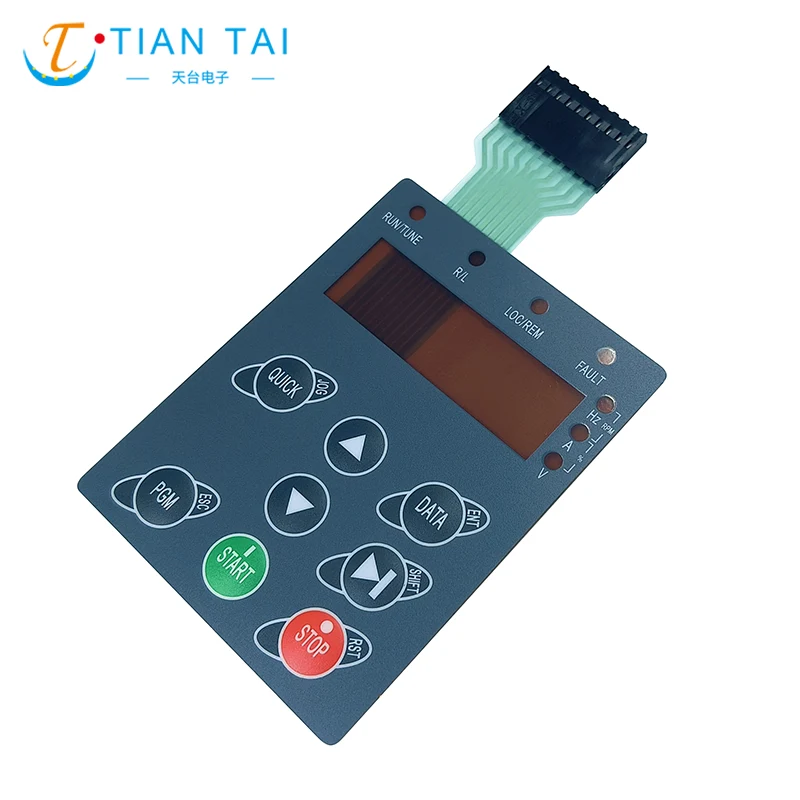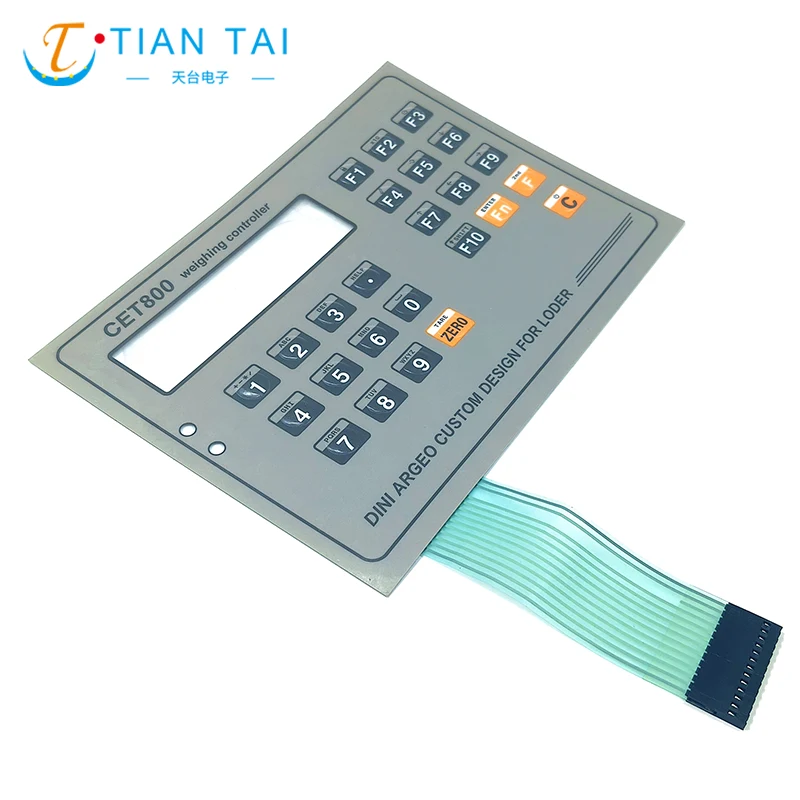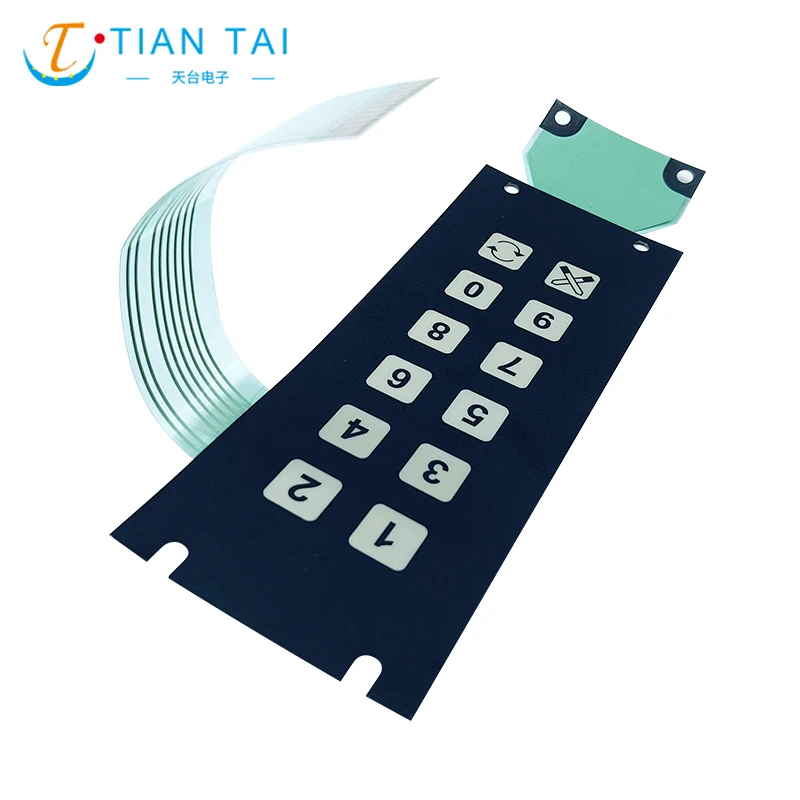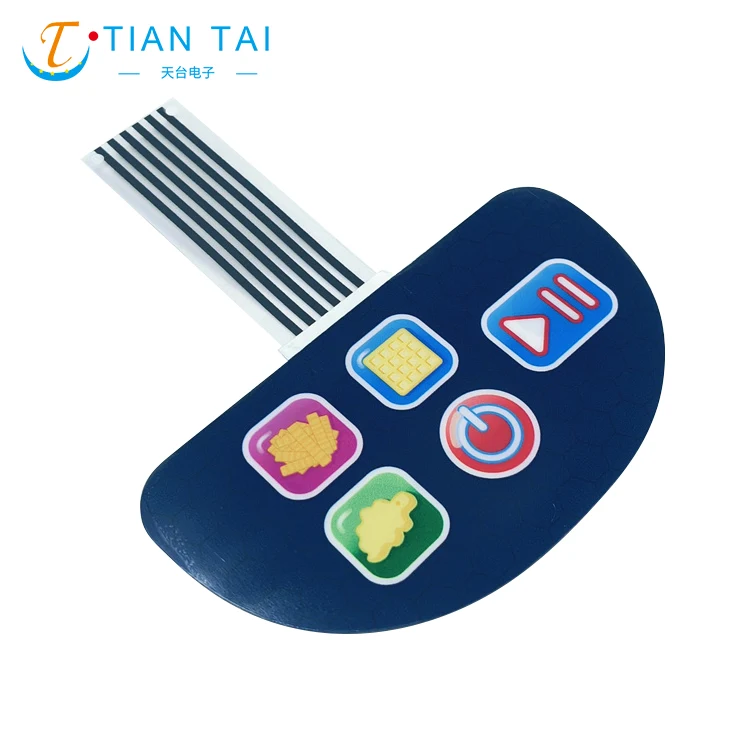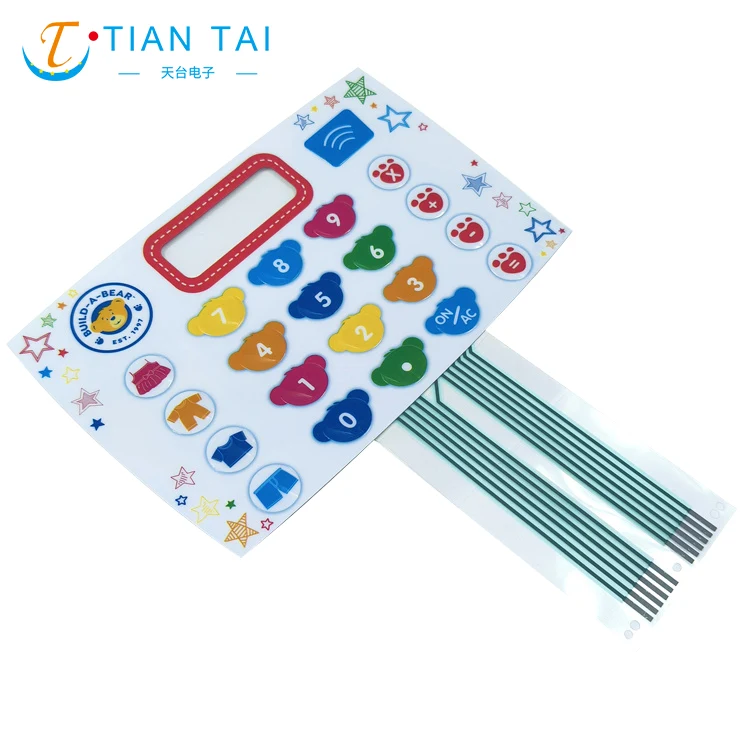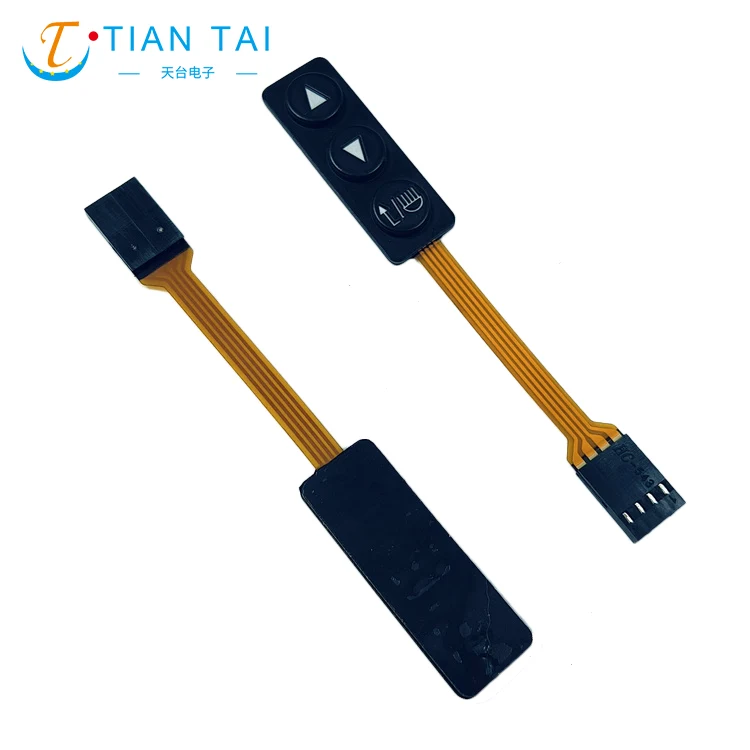Membrane Switch For Educational Toys
Send Inquiry
One of the main advantages of membrane switches for educational toys is their simple. Unlike traditional buttons or switches, membrane switches have a smooth, flat surface. This design makes them easy to use, which can make a child getting excited while trying to operate the toy. Additionally, the lack of moving parts means there's less risk of pieces breaking off, making the toys safer for young children.
Durability is another benefit of membrane switches for educational toys. They are resistant to dust, moisture, and wear and tear. They can withstand repeated pressing, which is important for educational toys that kids often play with over and over again. This durability ensures that the toy remains functional for a long time, providing consistent learning experiences.
Membrane switches for eductional toys also allow for creative designs. Manufacturers can print colorful, engaging graphics per customers' reuiqre directly onto the switch surface, making the toys more visually attarctive. For example, a math learning toy might have numbers and symbols printed on the membrane switch, helping children associate the physical buttons with the educational content.
Membrane switches for educational toys can play sounds to teach children about animals, languages, or music. They can also control the movement of robotic toys, helping kids learn about basic engineering concepts. By combining fun and learning, membrane switches make educational toys more effective tools for a child's development.
Membrane switches is important in making educational toys accessible, durable, and attarctive. As technology continues to improve, we can expect even more revolution uses of membrane switches in the world of children's learning products.












